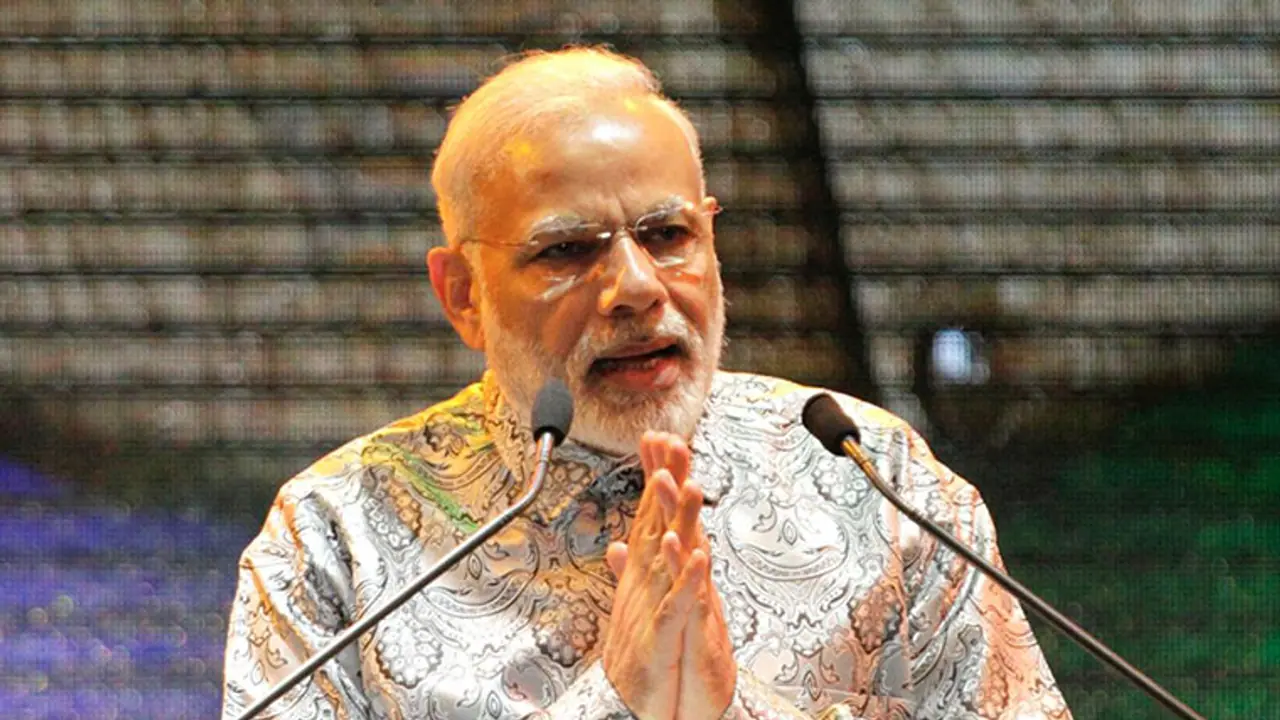Twenty-five years ago, India set out on a path of economic liberalization—freeing it from decades of a misguided big statist model—a process that remains incomplete even today. Decades of stifling government involvement and presence in every aspect of economy created the fertile ground for corruption and cronyism that exists to this day.

A few private conglomerates and the state controlling the economy was what this model created, till the economic reform process commenced the dismantling of this cosy little partnership.
Economic liberalisation has clearly transformed India’s business and entrepreneurial scene—corporate names that are shining today were mostly not even present in the 1990s and most are products of sectors of the economy that opened up and thrived post liberalisation. And while most would agree that liberalisation has transformed the private industrial space, it is obvious that the government and government institutions have seen little or no reforms at the same time. As opportunities for the private sector have expanded significantly, the dangers and risks of lack of reforms in government have revealed themselves as scams.
Take the earliest scam in 1957. Haridas Mundhra, a Calcutta-based industrialist and a stock speculator, got the government-owned Life Insurance Corp. of India (LIC) to invest Rs.1.24 crore (about $3.2 million at the time) in the shares of six troubled companies belonging to himself. The investment was done under government pressure and bypassed LIC’s investment committee, which was informed of this decision only after the deal had gone through. Eventually, LIC lost most of the money it invested in these companies, and this subsequently led to the resignation of the then finance minister T. T. Krishnamachari. This misuse of public sector banks and insurance companies through directed lending to cronies continues to this day, with Kingfisher Airlines being the classic example.
So, while the economy has moved ahead, government institutions have lagged. The last 10 years of the United Progressive Alliance government exemplify the ugly face of what Harvard professor Lant Pritchett describes as a “deal economy”—the nexus between politicians, bureaucrats and business—as opposed to “rule economies”.
To a large extent, the arrival of Narendra Modi has boldly blunted this unchallenged growth of Delhi’s deal politics. But it continues brazenly in many state capitals and cities around the country and needs to be addressed. Modi has talked about transforming India, and the real transformation required is the one from deal governance to rule-based governance.
Lack of rules creates governance based heavily on political and bureaucratic discretion. Government decisions based on discretion instead of rules in dealing with public resources, contracts and money is a fertile ground for corruption. This has been shown again and again. This kind of corruption in doling out favours has significant impact on a nation like India.
First, this impacts the type and nature of politics and democracy. The quid pro quo type of economic model creates a nexus of vested crony interests and political process, with money power increasingly driving the political process that, in turn, creates a vicious cycle of money and political success to those pandering to or backed by crony capitalists.
Second is what deal-based governance does to the economy. This fosters an economic model where political connections determine success. This phenomenon, also written about by Reserve Bank of India governor Raghuram Rajan before taking office, shuts out ‘un-connected’ entrepreneurs from opportunities and participating in the economy. This, in turn, has structural implications on issues such as innovation, competition and efficiency—all important elements for a successful, sustainable economic model for a country like India.
In a remarkable example of how thoughtful, transparent policies can lift up countries, Estonia, which was economically crippled due to the Soviet annexation from the 1940s to 1991, lifted itself up to become a country with the highest number of start-ups per capita. This was done through a host of market reforms since the mid-1990s—including free trade and privatization—designed to remove red tape and simplify the process of starting a business and, most importantly, following well laid-out processes.
Rule-based governance creates transparency in its functioning and improves the trust between citizens/investors and government.
There has been a shift towards rules and transparency since the Modi government was elected to power in 2014. But a lot more needs to be done, especially with institutions that drive economic regulation and governance.
The impact of this transparency due to a move away from a deal-based economy was commented upon in The Economist in May: “Encouragingly, India seems to be cleaning up its act. In 2008, crony wealth reached 18% of GDP (gross domestic product), putting it on a par with Russia. Today it stands at 3%, a level similar to Australia.”
A rule-based economy creates a framework that boosts efficiency, competition and opportunity for all investors. It also has the effect of reducing the impact of money and cronyism on politics and democracy. Twenty-five years on, a transformative idea is one where transparency, competitiveness, efficiency, creativeness, innovation and merit thrive. This will require us to move towards rule-based governance.
This piece first appeared in Mint. The author is a Rajya Sabha MP

Rajeev Chandrasekhar is the chairman of Jupiter Capital, which has investments in Asianet News Network Private Limited that publishes Asianet Newsable.
